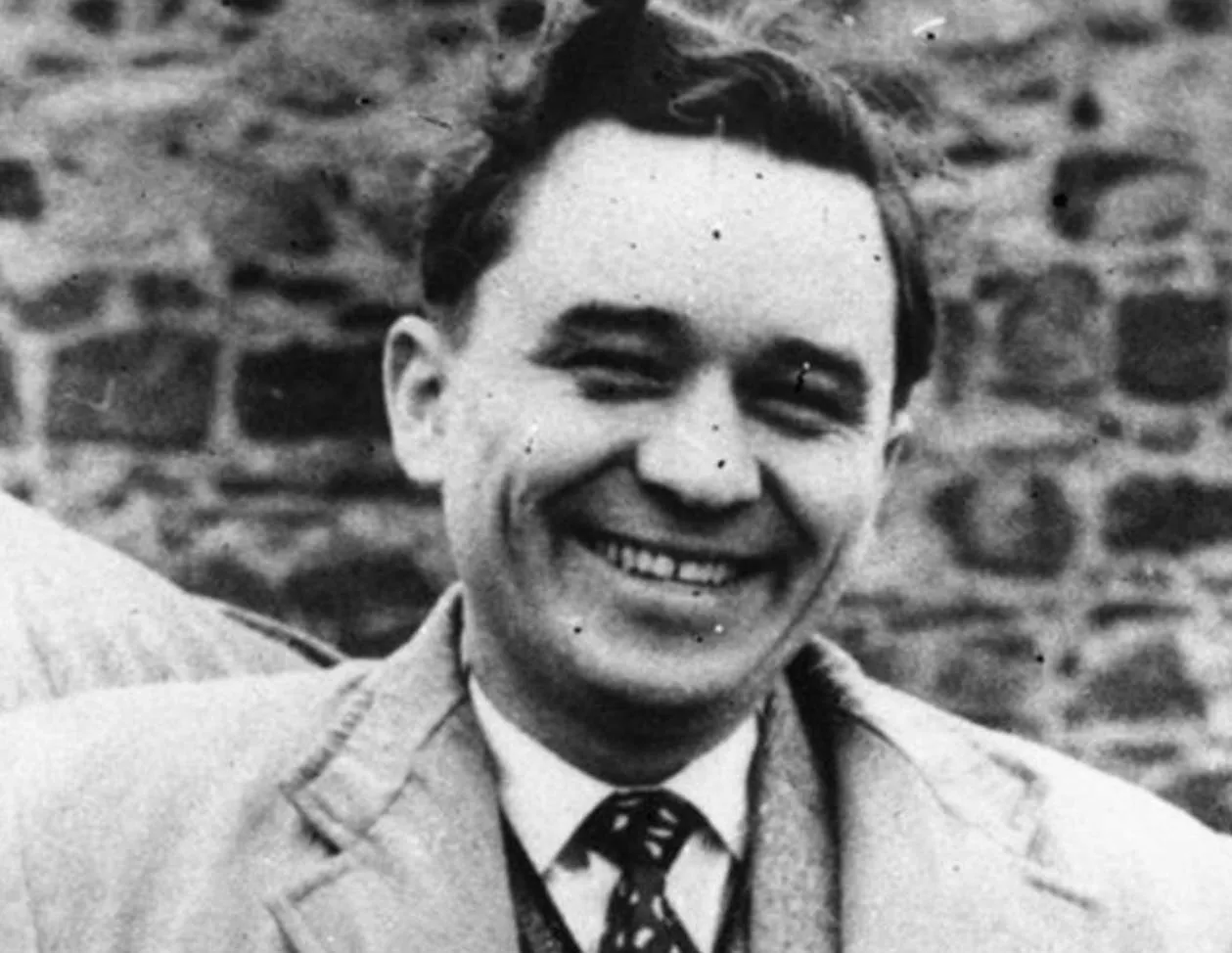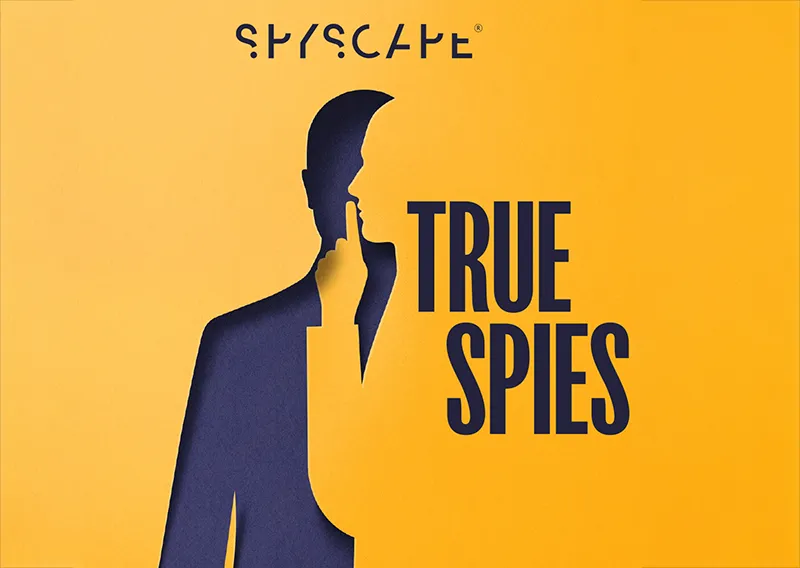Britain’s Portland Spy Ring & the Secret US Connection

The Portland Spy Ring was a Soviet-run operation to steal nuclear secrets from Britain during the 1960s but the spy ring wasn't just run by Russians. The players including two American spies, New Yorkers who'd already stolen nuclear intelligence from the Manhattan Project.
Harry Houghton was a clerk with the Royal Navy's Admiralty Underwater Weapons Establishment in 1960. He was based in Portland, England where the British Navy tested nuclear missile heads and other weapons. It was a comfortably paid job, but Houghton seemed to be splashing around a bit more cash than he earned - buying a fancy new car, always paying for rounds of drinks at the pub, and regularly taking his mistress Ethel Gee to London for weekends.
Ethel also worked for the Admiralty and had no idea Harry’s Russian handlers had encouraged him to date the rather plain woman with access to top-secret nuclear documents.

Circle of Spies
Harry’s largesse and penchant for living the high life didn’t just catch the attention of his co-workers. Britain’s spies at MI5 and the government’s electronic eavesdroppers at GCHQ were also curious about Harry’s newfound wealth.
He was soon being watched by a surveillance team that followed Harry and Ethel into London where they frequented a cafe, Steve’s Restaurant, and met with Canadian businessman Gordon Lonsdale (soon identified as Russian KGB officer Konon Trofimovich Molody). The couple appeared to be handing over printed documents or rolls of film. MI5 was rather interested in knowing what was on them.
Surveillance officers were soon tailing Gordon Lonsdale as well, noting he made regular trips to north London on the weekends, stopping in at a nondescript house on a sleepy cul de sac to visit a seemingly unremarkable couple. Peter and Helen Kroger described themselves as antiquarian booksellers from Canada but the neighbors couldn't quite understand why they had distinctive New York accents and were never free to socialize on Saturday evenings.
The neighbors barely noticed when MI5 moved into the suburban London neighborhood known as Ruislip, taking over the top floor bedroom of a house with a direct view of the Krogers’ home. Never fail, Gordon Lonsdale would appear Saturday evenings, stay for a short while, then leave with a look over his shoulder as he disappeared down a path near the Krogers’ house.

The Portland Spy Ring Emerges
By January 1961, British authorities were fitting the pieces of the puzzle together. Houghton’s ex-wife had complained to the Admiralty in 1956 that Harry was divulging secret information but she’d been dismissed as a disgruntled wife. Meanwhile, Polish-Russian-US ‘triple agent’ Michael Goleniewski offered secrets to the CIA that would lead to the exposure of both George Blake - the KGB’s man inside MI6 - and Harry Houghton as Russian spies.
Goleniewski revealed that the Soviets had a spy in a British naval base and it now seemed that Harry was the mole, a key member of a group of traitors dubbed the Portland Spy Ring after the southern English city where the British Admiralty was based.
"The brand new social experience where you activate your gaming skills as you train like a spy."
- TimeOut
Take on thrilling, high-energy espionage challenges across different game zones.


The Russian Sleeper Spies
But who were the Krogers, the unassuming suburban couple who sold antiquarian books? Peter and Helen were none other than famous US nuclear spies Morris and Lona Cohn, the New Yorkers who ran Atomic spies in the 1950s. They fled the US fearing their arrest and Moscow recycled their top American spies with new code names and a new job stealing British nuclear secrets in London - not for long, though.
In 1961, British authorities made five simultaneous arrests - Harry Houghton, Ethel Gee, Gordon Lonsdale (aka Konon Molody) and the Krogers were imprisoned.

A search of the Krogers’ London home revealed some intriguing spy gadgets. It seems Ethel and Harry would steal top-secret nuclear intelligence, pass it to their Russian handler Gordon Lonsdale/Molody, who then delivered it to the Krogers for transmission to Moscow.
Peter Kroger would hide the top-secret Admiralty intel in microdots - photographs of the documents shrunk down to the size of a dot on the letter ‘i’ - which were placed in antiquarian books. The Krogers would then contact the KGB via Morse code to tell them which books and information were being sent to which locations. They’d used tiny one-time pads, an encryption technique that cannot be cracked, but requires the use of a single-use pre-shared key and two radio sets.
Three years after being imprisoned, Lonsdale was exchanged in a spy swap for Greville Wynne (played by Benedict Cumberbatch in The Courier), a British businessman being held in Moscow because of his contacts with Soviet double agent Oleg Penkovsky. Lonsdale died in Moscow in 1970 in suspicious circumstances, aged 48.
Harry Houghton and Ethel Gee were granted early release from prison in 1970, having served nine years. The Krogers were exchanged in a 1969 spy swap for Gerald Brooke, a British man who’d been imprisoned in Russia for distributing anti-Soviet leaflets.

Spycraft
In the 1990s, following the collapse of the USSR, the Krogers were awarded the title of ‘Hero of the Russian Federation’ and immortalized on postage stamps. Helen Kroger/Lona Cohen died at age 79 in 1992. Her husband, Peter Kroger/Morris Cohen followed her three years later in 1995, aged 85.
Ten years after they sold their London home, the new owners were still discovering spy radio parts in the backyard.
SPYSCAPE+

Join now to get True Spies episodes early and ad-free every week, plus subscriber-only Debriefs and Q&As to bring you closer to your favorite spies and stories from the show. You’ll also get our exclusive series The Razumov Files and The Great James Bond Car Robbery!


Gadgets & Gifts
Explore a world of secrets together. Navigate through interactive exhibits and missions to discover your spy roles.
Your Spy Skills
We all have valuable spy skills - your mission is to discover yours. See if you have what it takes to be a secret agent, with our authentic spy skills evaluation* developed by a former Head of Training at British Intelligence. It's FREE so share & compare with friends now!
* Find more information about the scientific methods behind the evaluation here.


Stay Connected
Follow us for the latest
TIKTOK
INSTAGRAM
X
FACEBOOK
YOUTUBE